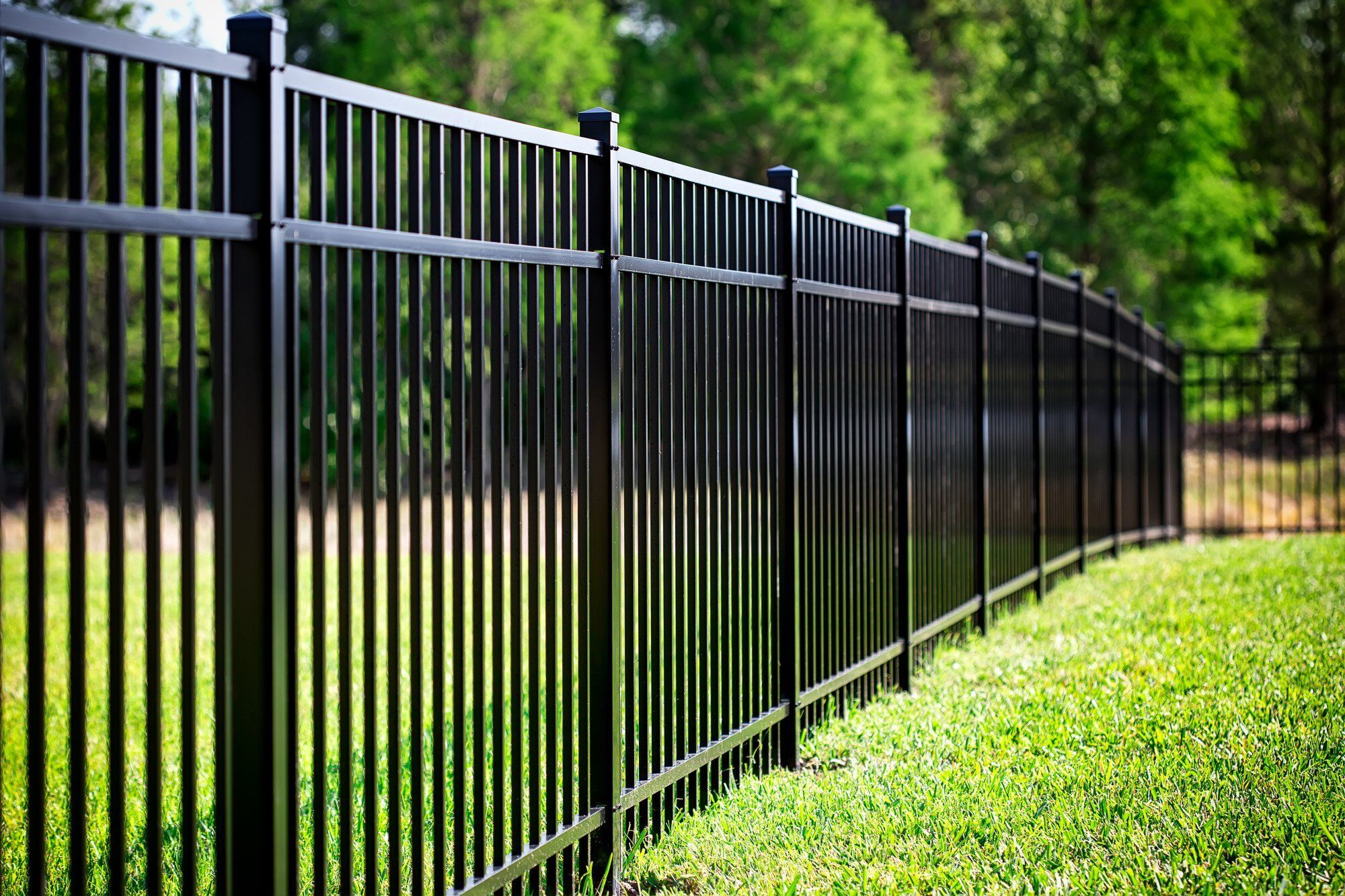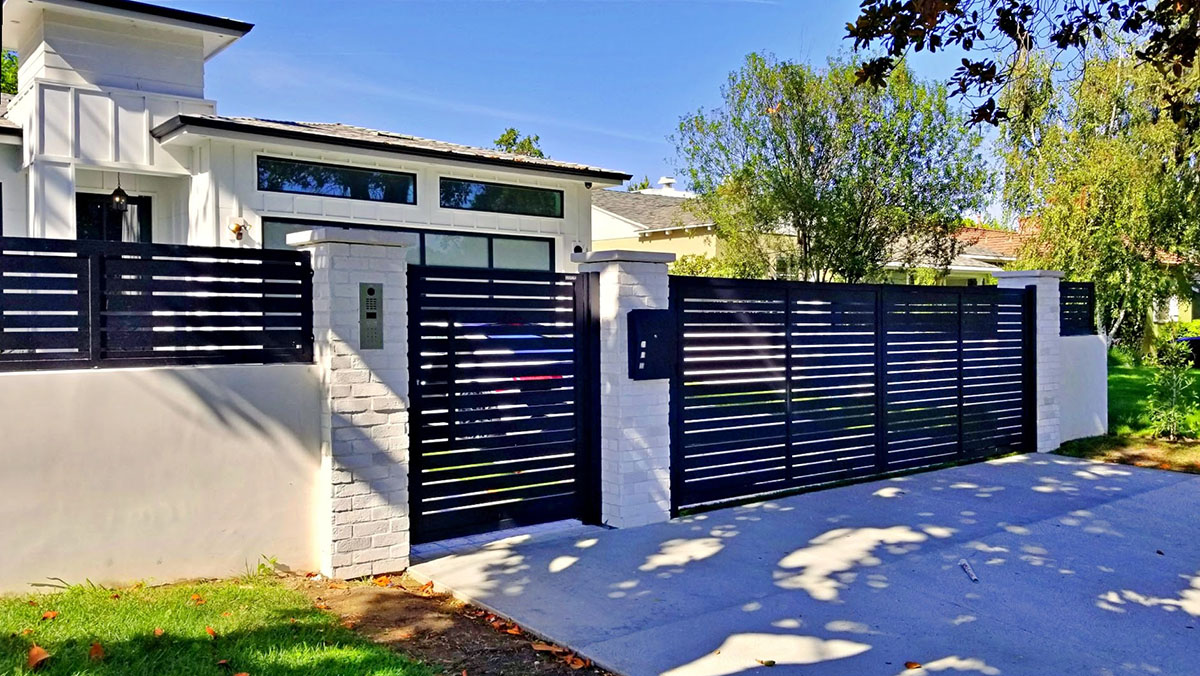All Categories
Featured
When it pertains to maintaining a wooden fence, homeowners often encounter the decision of whether to tarnish or repaint. Both options have their pros and cons, and the selection eventually depends upon your visual choices, the kind of timber, and how much upkeep you want to commit to. Here's a detailed comparison to aid you make a notified choice.
The Basics of Painting and Staining
Paint includes covering the wood with a nontransparent layer of shade. It supplies total coverage, concealing the wood grain while providing outstanding security versus ecological elements.
Staining permeates the timber, enhancing its all-natural charm while including a protective layer. Depending on the type, spots can range from transparent to solid, allowing differing levels of wood grain presence.
Pros and Disadvantages of Paint
Pros:
Large Range of Colors: Paint deals limitless shade choices, permitting you to match your fence to your home's outside or individual style.
Longer Enduring: High-quality outside paint can last approximately 5-7 years, calling for much less constant reapplication.
Superior Protection: Paint types a thick, strong barrier versus moisture, UV rays, and bugs.
Cons:
Breaking and peeling off: With time, paint can crack or peel off, especially in locations with extreme climate condition.
Hides Natural Wood Elegance: If you love the all-natural grain of wood, paint might not be the ideal choice.
Greater Upkeep: Repainting calls for removing the old paint, which can be labor-intensive.
![]()
Benefits And Drawbacks of Staining
Pros:
Natural Appearance: Discolorations protect and boost the natural elegance of the timber, making it suitable for high-quality lumber like cedar or redwood.
Simpler to Reapply: Unlike paint, stains do not peel off or split. Reapplying discolor usually needs much less surface area prep work.
Adaptable End Up Choices: Stains can be found in transparent, semi-transparent, and solid ranges, providing different degrees of coverage.
Disadvantages:
![]()
Much Shorter Life Expectancy: Spots, specifically transparent and semi-transparent ones, might require reapplication every 2-3 years.
Limited Color Choices: While discolorations supply all-natural tones, they lack the wide color scheme readily available with paint.
Much Less Protective: Spots penetrate the wood however don't supply as thick an obstacle as paint, making them a little much less safety versus extreme weather condition.
Elements to Take Into Consideration
Aesthetic Preferences: If you desire vibrant colors and complete coverage, paint is the method to go. For a rustic and natural look, decide for discolor.
Timber Kind: Top notch timbers with beautiful grains gain from staining, while lower-grade woods can be repainted for a refined appearance.
![]()
Environment: In damp or damp climates, paint's thicker barrier might supply far better defense. In moderate or dry climates, stains can suffice.
Upkeep Dedication: Painting entails much less constant reapplication yet more effort throughout touch-ups. Discoloration needs normal maintenance but is less complicated to take care of.
Final Ideas
Both paint and discoloration can properly safeguard and improve your wooden fence. The most effective alternative relies on your priorities, whether they lean towards aesthetics, durability, or simplicity of upkeep. By understanding the advantages and drawbacks of each, you can choose the coating that straightens with your demands and guarantees your fencing continues to be a standout attribute of your residential property for several years to come.
The Basics of Painting and Staining
Paint includes covering the wood with a nontransparent layer of shade. It supplies total coverage, concealing the wood grain while providing outstanding security versus ecological elements.
Staining permeates the timber, enhancing its all-natural charm while including a protective layer. Depending on the type, spots can range from transparent to solid, allowing differing levels of wood grain presence.
Pros and Disadvantages of Paint
Pros:
Large Range of Colors: Paint deals limitless shade choices, permitting you to match your fence to your home's outside or individual style.
Longer Enduring: High-quality outside paint can last approximately 5-7 years, calling for much less constant reapplication.
Superior Protection: Paint types a thick, strong barrier versus moisture, UV rays, and bugs.
Cons:
Breaking and peeling off: With time, paint can crack or peel off, especially in locations with extreme climate condition.
Hides Natural Wood Elegance: If you love the all-natural grain of wood, paint might not be the ideal choice.
Greater Upkeep: Repainting calls for removing the old paint, which can be labor-intensive.

Benefits And Drawbacks of Staining
Pros:
Natural Appearance: Discolorations protect and boost the natural elegance of the timber, making it suitable for high-quality lumber like cedar or redwood.
Simpler to Reapply: Unlike paint, stains do not peel off or split. Reapplying discolor usually needs much less surface area prep work.
Adaptable End Up Choices: Stains can be found in transparent, semi-transparent, and solid ranges, providing different degrees of coverage.
Disadvantages:

Much Shorter Life Expectancy: Spots, specifically transparent and semi-transparent ones, might require reapplication every 2-3 years.
Limited Color Choices: While discolorations supply all-natural tones, they lack the wide color scheme readily available with paint.
Much Less Protective: Spots penetrate the wood however don't supply as thick an obstacle as paint, making them a little much less safety versus extreme weather condition.
Elements to Take Into Consideration
Aesthetic Preferences: If you desire vibrant colors and complete coverage, paint is the method to go. For a rustic and natural look, decide for discolor.
Timber Kind: Top notch timbers with beautiful grains gain from staining, while lower-grade woods can be repainted for a refined appearance.

Environment: In damp or damp climates, paint's thicker barrier might supply far better defense. In moderate or dry climates, stains can suffice.
Upkeep Dedication: Painting entails much less constant reapplication yet more effort throughout touch-ups. Discoloration needs normal maintenance but is less complicated to take care of.
Final Ideas
Both paint and discoloration can properly safeguard and improve your wooden fence. The most effective alternative relies on your priorities, whether they lean towards aesthetics, durability, or simplicity of upkeep. By understanding the advantages and drawbacks of each, you can choose the coating that straightens with your demands and guarantees your fencing continues to be a standout attribute of your residential property for several years to come.
Latest Posts
Learn About Best Car Repair Services offered by Montclare Auto Repair – Drive with Confidence
Published en
1 min read
The Benefits of Regular Auto Maintenance at Montclare Auto Repair Keeps Your Wallet Happy
Published en
1 min read
Selecting the Right Roof Color: Effect On Energy Performance
Published en
1 min read
More
Latest Posts
Learn About Best Car Repair Services offered by Montclare Auto Repair – Drive with Confidence
Published May 29, 25
1 min read
The Benefits of Regular Auto Maintenance at Montclare Auto Repair Keeps Your Wallet Happy
Published May 27, 25
1 min read
Selecting the Right Roof Color: Effect On Energy Performance
Published May 22, 25
1 min read